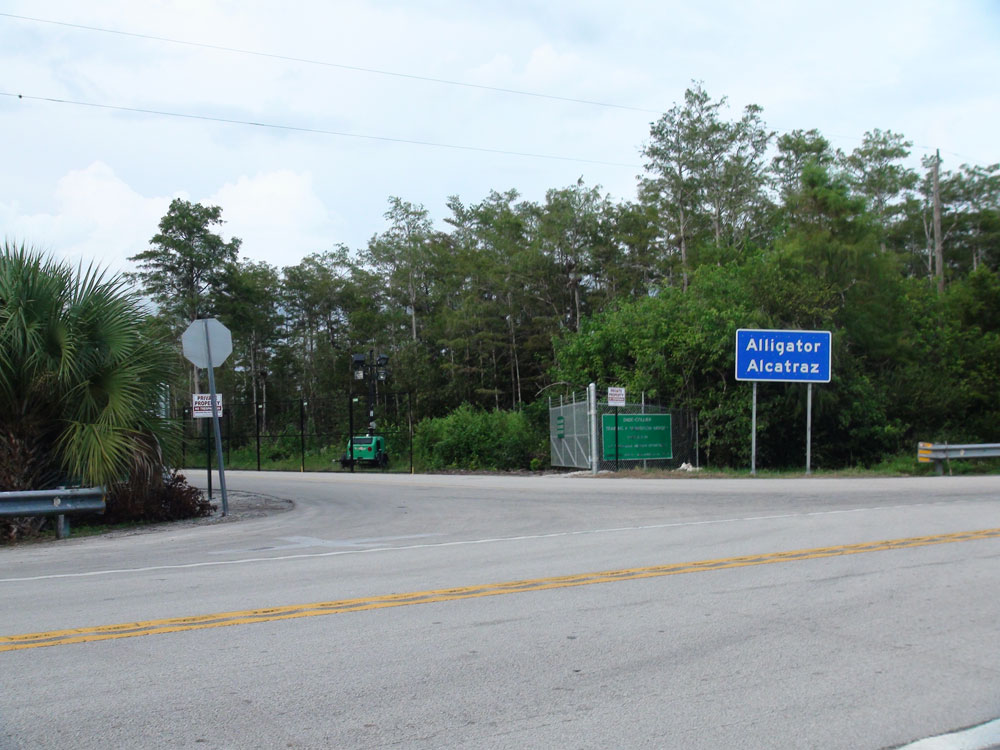Written by Benjamin Muller
Was it merely a coincidence that Donald Trump’s administration in the US issued its eagerly awaited travel restriction just days after Canada’s Liberal government announced Bill C-2, the Strong Borders Act?
Maybe. However, the timing also draws attention to the long-running border dispute between the United States and Canada, which ought to force Canada to choose its own course.
Similar to Trump’s 2017 travel ban, his 2025 instructions severely restrict or prohibit entry into the United States for nationals of 12 countries, primarily in Africa and the Middle East, with others potentially in the works. It might not last long and is likely to encounter legal challenges.
On the other hand, Bill C-2 may result in a number of important and wide-ranging legislative changes that Canadians will have to deal with for years to come.
Data privacy concerns
The controversial Strong Borders Act, which included a wide range of proposed legislative reforms from stricter immigration and asylum laws to heightened border security measures, was advanced by the Canadian government just days before Trump’s declaration.
As noted by Canadian law expert Michael Geist and others, the proposed legislation includes broad executive authority, sometimes known as warrantless powers, without judicial or civilian scrutiny, as well as serious threats to digital privacy.
In some ways, Trump’s travel restrictions may not be as concerning as the proposed Canadian legislation.
The focus is on American tariffs and their effects on the economy amid the haze of the ongoing trade war between the United States and Canada. However, Canada’s long-standing border management coordination and cooperation with the United States is not receiving enough attention.
Regretfully, Canada has a border appeasement history with the United States. The years after 9/11 are noteworthy.
Increased co-ordination post 9/11
Significant institutional reform and change have resulted from successive border accords between the United States and Canada. These include the Beyond the Border agreement, which was signed ten years later between the governments of Stephen Harper and Barack Obama, and the Smart Border Declaration, which was signed soon after 9/11.
Binational information sharing, increased reliance on biometric and surveillance technology, and swift, strong, coordinated, and cooperative border enforcement (particularly the Shiprider program and the Integrated Border Enforcement Team, or IBET) were all part of these agreements.
The early 2000s saw the emergence of new organizations like the Canadian Air Transport Security Authority (CATSA) and the Canada Border Services Agency (CBSA), as well as important policy changes like allowing CBSA agents to carry firearms (which was once controversial) and allowing for more frequent and thorough American pre-clearance of individuals and goods.
Often, American pressure or reactionary U.S. policies prompted these adjustments. For instance, for nearly two decades, travelers have been required to present their passports when they cross the U.S. border under the Western Hemisphere Travel Initiative (WHTI), an American program.
Canada quickly altered its border procedures, in contrast to the elbows up rhetoric of the previous few months.
The cooperative and collaborative storyHowever, border control between the United States and Canada has not always been straightforward. Cooperation and talks were often challenging, and some autonomy in Canada’s border management was sacrificed in the process.
Asylum seekers
Concerns regarding the effects of possible increases in asylum claims in Canada due to US actions have grown over the past year. Concerners frequently bring up Roxham Road, the illegal border crossing that flourished under the previous Trump administration because of a flaw in the Safe Third Country Agreement (STCA).
The proposed Bill C-2, which would force new migrants to apply for asylum within 14 days of their arrival, is one piece of legislation that slightly addresses these legislative deficiencies. Claimants will be deported and not be given a hearing after that period.
Given the current deportation spectacle being carried out by Immigration and Customs Enforcement in the United States under the Trump administration, it is alarming to consider deporting asylum applicants.
It is not unexpected that Prime Minister Mark Carney is following his predecessor in attempting to placate the U.S. president through Canadian border policy, given the history of border cooperation and the intensified American pressures under Trump. It’s also obvious that there are issues because asylum seekers frequently linger in Canada’s immigration and asylum system for up to two years.
However, this does not negate the necessity of seriously evaluating the broad powers put forward in Bill C-2.
It is especially important to examine the expanded executive powers frequently exercised by organizations without civilian supervision.
The cooperative and occasionally coercive border policies that arose in the years following 9/11 are reminiscent of many of these shifts. One could argue that nearly 25 years ago, Canadians ought to have responded forcefully to American pressure to rethink our border.
These developments also serve as a reminder that, despite tariff bluster, cooperative and coordinated border control is becoming more and more ingrained and is unlikely to change significantly without strong opposition from Canadians.
Revisionist history
Given the intensity of the current trade war between the United States and Canada, it is worthwhile to consider the nostalgic and revisionist narratives of the coercive rather than really cooperative and collaborative post-9/11 era of border security management.
Canadians should keep in mind that although border management is deeply integrated at the moment, Canada may always use its own resources and interests to control its borders and the people who pass them.
Coercion has frequently passed as cooperation in the lengthy Canada-US relationship. Contrary to popular belief, there are considerably fewer coincidences in border policy, perhaps even in the Strong Border Act’s timing. However, Canada must constantly assess its policies to see if they benefit Canadian interests rather than American ones.
Bill C-2 introduces a wide range of changes that Canadians may have to deal with for decades, in contrast to the travel bans and deportations implemented by the Trump administration.
![]()
Benjamin Muller is a professor at King’s University College, Western University, and the coordinator of the Migration and Border Studies program.







